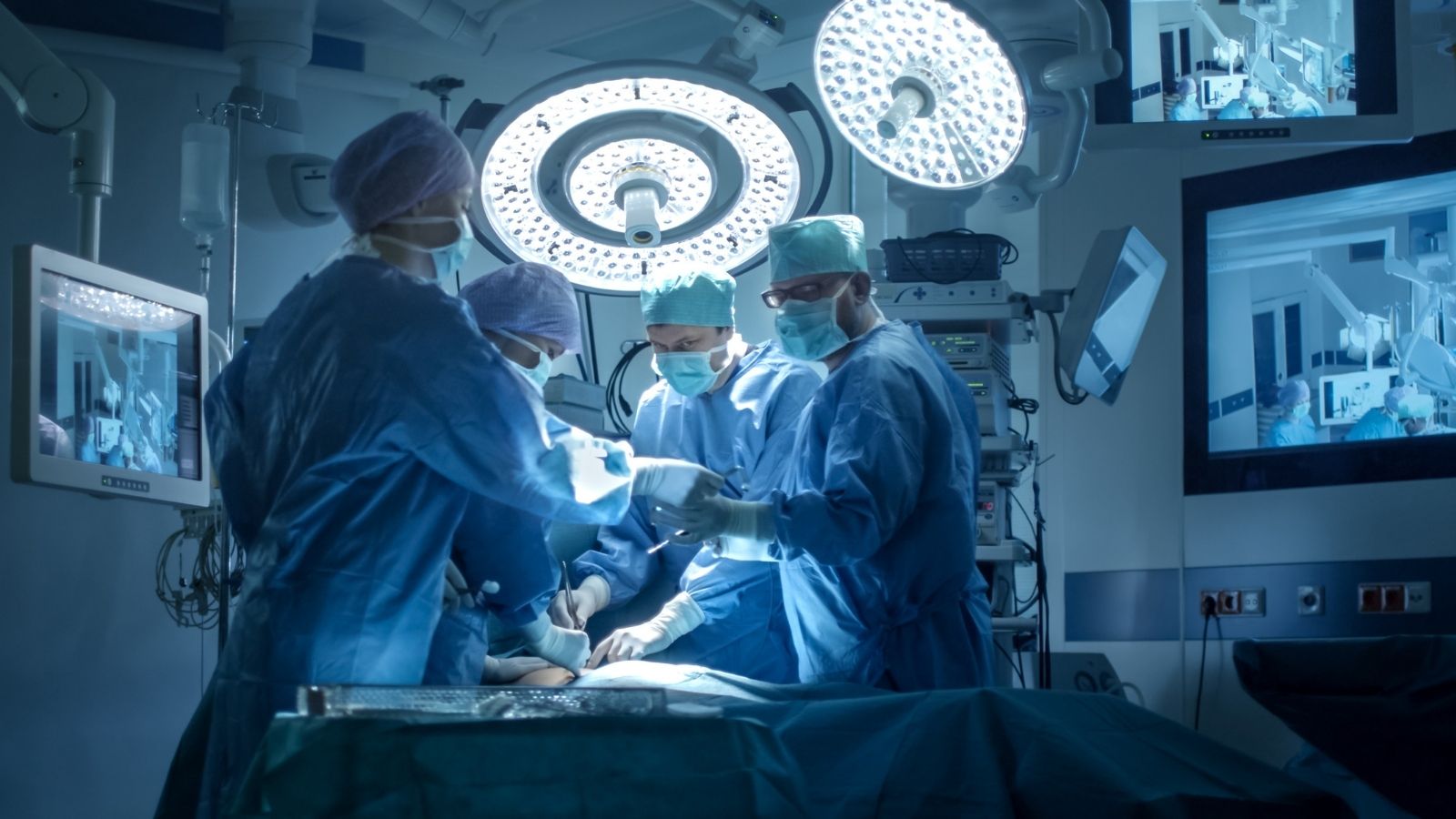
Questions you should ask when choosing your next Video Processor
Video processors are used in a wide range of healthcare environments including operating rooms, diagnostic areas, and teaching facilities. As a result, the equipment must always function perfectly, as any downtime or other technical issues will have a real-time impact on human life. With that being said, it is important that you ask the right questions when you are choosing your next healthcare video processing solution. That is why we have put together this handy seven-point guide:
How low is the source to display latency?
Medical solutions demand the lowest video latency performance possible; as low as one or two frames delay. Anything longer will seriously hamper the usability of the system. To check latency, try filming yourself clapping; anything more than two frames of latency is obvious to see. The alternative is to film both the source and display together using your smart phone and then replay the video frame by frame.
What type of system architecture is best?
CPU and GPU solutions cannot easily deliver low latency performance; therefore, you should be looking at solutions with FPGA (Field Programmable Gate Array) or dedicated chipsets. FPGA based systems offer maximum flexibility for multi-window environments in addition to advanced features such as borders, labels, and keying without any increases in end-to-end performance; often as low as one frame.
How do I ensure artefact-free processing?
Check the display with a full screen image for quality, looking at all areas across the screen for issues such as video banding or processing artefacts, including image banding, moiré patterns or edge issues. Repeat this test with all the different types of sources you plan to display as some processors have a tendency for over processing.
Also consider any sources that may be either downscaled, reduced in size, or alternatively, upscaled to check how well the video processor handles the processing. Common rescaling artefacts on lower end scalers include banding, pixilation, and compression effects. Ask for a demo to check out the performance for yourself.
How lifelike is the color reproduction?
Color performance depends on the color space (4:2:0 or 4:4:4) you utilize on the input and how it is processed and displayed on the output, especially when using LED walls. Ask to see a demo, as some manufacturers can deliver high quality color reproduction even with 4:2:0.
While checking scaling quality, also look for how the video processor handles color management. Even if this is supported from input to output, you will often be using 4:2:0 or 4:2:2 sources, so also check how it is converted as the best solutions can convert these to display as 4:4:4 on the output. While this up conversion will not be as good as displaying 4:4:4 end-to-end, you should still see a visible enhancement to color reproduction.
How collaborative is the viewer experience?
The “Zoom Generation” increasingly demands collaborative, multi-window environments as standard. This even extends to healthcare, where displaying multiple sources together enhances decision making in both the operating room, collaborative consultations, and interactive medical student training.
Before choosing a solution, check the actual number of windows are available, including the scaling quality and the video latency. Also consider how the various windows transition between preset and source changes. As a minimum, you should demand a “clean” cut or fade to black when you switch to another source even if the resolution/frame rate change or if there are HDCP or EDID factors to consider.
When working in multi-window environments, it best to start planning this early in the project, even when creating storyboards. Designing each of the custom window presets in advance will in turn lead to superior results and save time on-site.
How reliable is the gear and what is the support package?
Medical solutions demand ultimate reliability, as system downtime must be avoided at all costs. Ask how long the standard warranty lasts and what is covered, but more importantly ask for a statement of “MTBF” (Mean Time Before Failure). For medical applications, a 5-year parts and labor warranty is preferred while a MTBF of at least 50,000 hours (approx. 6 years) or longer should give you confidence on system reliability.
Next, ask where the processor is manufactured, where spares are held (including how quickly they can be shipped to you), and what time zones the customer support teams operate in. Finally, ask what help can be given remotely including access to system operating parameters and configuration files.
tvONE has long term, proven expertise in the healthcare sector with a range of multi-window video processors that have been deployed in numerous major medical facilities globally. tvONE’s custom, in-house, FPGA based CORIO® processing engine has been developed over three decades and is proven to deliver the high quality, low latency performance.
To find out more, please fill out the form below to download the full version (PDF) of this blog.
